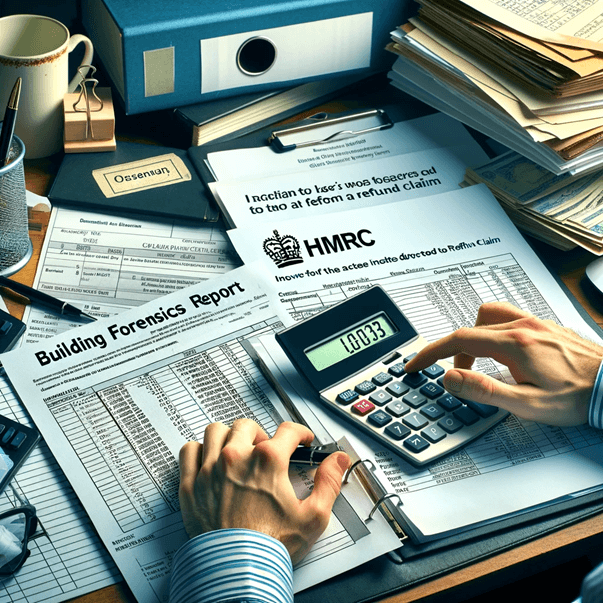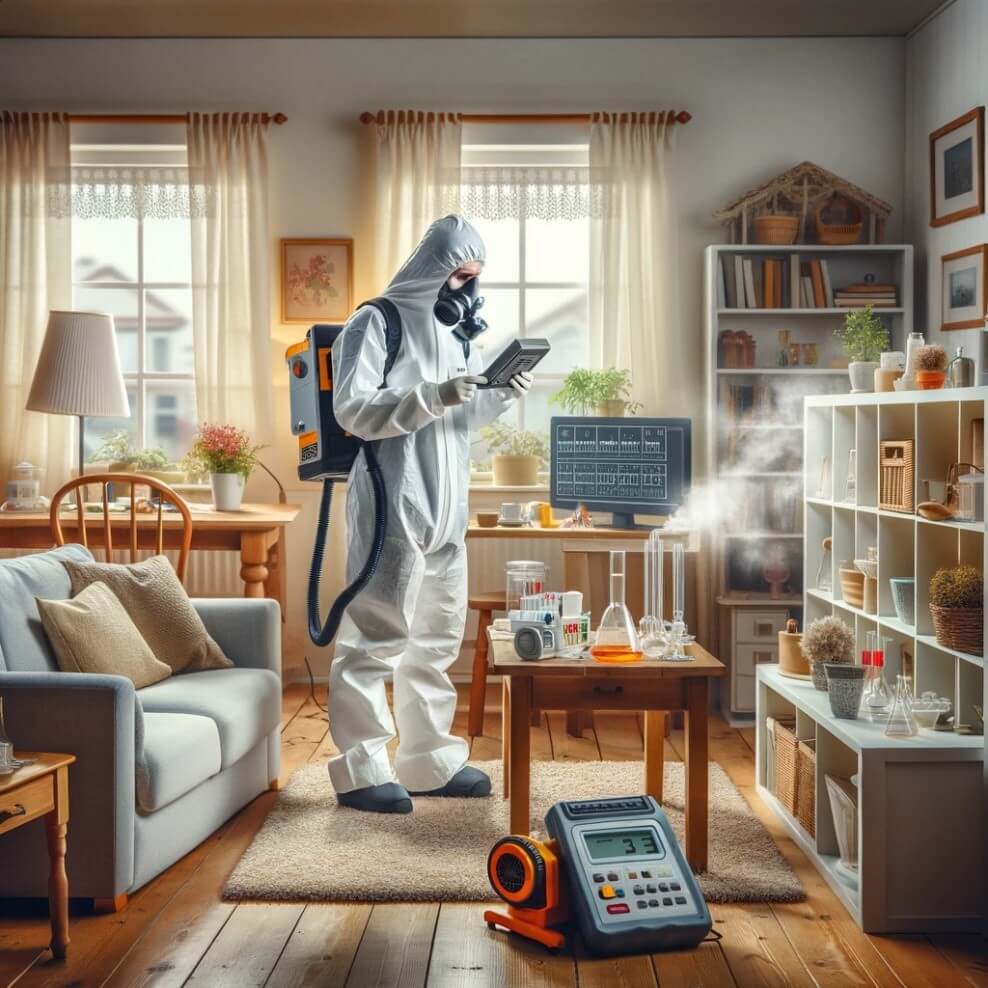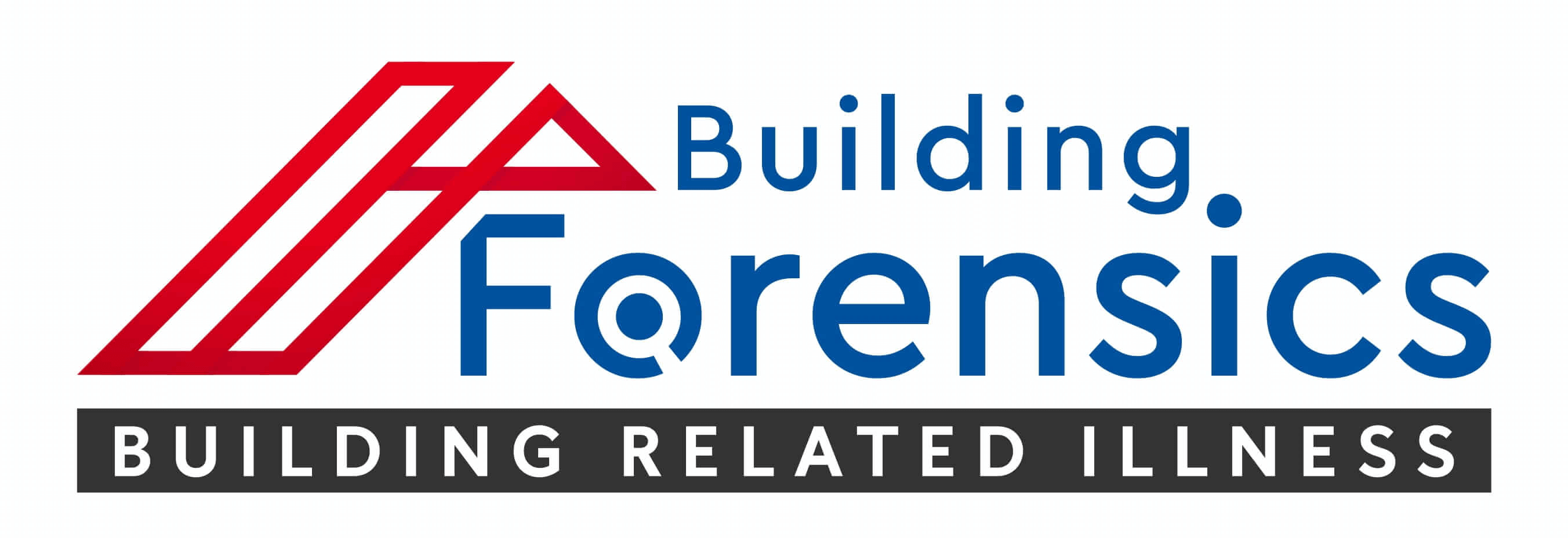Stamp Duty
Land Tax
Supporting Your Solicitor
with Evidence
Why can I get a refund?
New Build or Old, we specialise in Stamp duty refunds based on science and data. The main criteria the property must have been purchased within the past four years and its value must be over £950,00
This information and conditions are freely available on HMRC website and a manual of conditions is publicly available.

Our survey identifies the issues where documented data, scientifically analysed by world famous laboratories can if present, confirm the triggers for a Stamp Duty Refund
We provide specialist help to assist stamp duty refunds.

What are the conditions.
There are many conditions which can be met to obtain a refund, but many applications are misinterpretations of the law and when put forward are simply rejected. The case must be put forward with all information and verified data (evidence) supplied.Our survey identifies the issues where documented data, scientifically analysed by world famous laboratories can if present, confirm the triggers for a Stamp duty refund.

How likely am I to get a Stamp duty refund?
While there are many trigger points for Stamp Duty Refund, most according to HMRC, are unlikely to be successful as they are minor issues which are subjective. As certified Indoor Environmental Hygienists we provide verifiable data to support the refund claim. We cannot guarantee success but our report may be an eye opener, win or loose.

What is the process?
Contact us for a claim form. This will identify for you the parameters of a likely claim success. If you think you are eligible, we will provide you with a contact to undertake the paperwork and compliance to HMRC routes to refund. As Indoor Environmental Hygienists we will provide a report using state of art analysis which will or won’t confirm various issues which fall into the HMRC refund category of pollution. This isn’t necessarily mould or toxic chemicals, neither is it the result of building on a brown site and is usually invisible. This is a no win no fee claim process but third-party analysis & verification of evidence from samples may be required.



